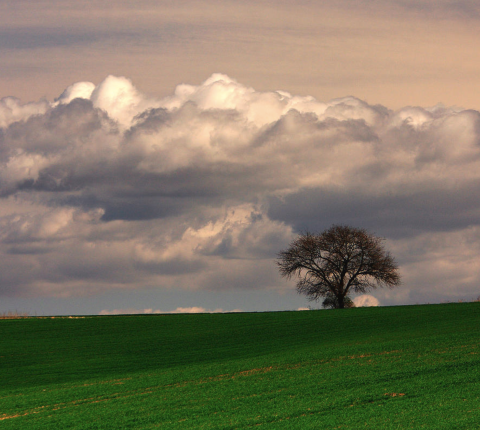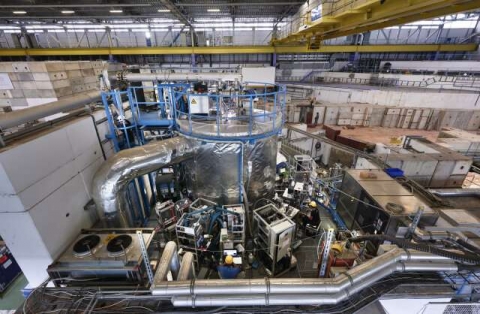CLOUD
CLOUD experiments show that trees can make their own clouds.
Atmospheric aerosols are tiny solid or liquid droplets suspended in the air. They are all around us, emitted from a variety of natural and anthropogenic sources. Although aerosol particles are too small to be seen with the human eye, they have a…
Read moreCLOUD experiment makes its own clouds to study
The Intergovernmental Panel on Climate Change (IPCC) recognizes aerosols (small nanometer to micrometer sized particles suspended in air) as the single biggest source of uncertainty in human-driven climate change. Atmospheric aerosol particles are…
Read moreCloud(y) climate studies at CERN
Continuous improvements to the CLOUD facility as well as to the instruments combined with the state of the art know-how available at CERN have enabled a steady increase in the measurement capabilities and resulted in numerous high impact…
Read moreThe CLOUD Experiment
CLOUD Collaboration: Aerodyne Research Inc., Billerica, Massachusetts 01821, USA California Institute of Technology, Div. of Chemistry & Chemical Engineering, Pasadena, California 91125, USA Carnegie Mellon University, Center for Atmospheric…
Read more

